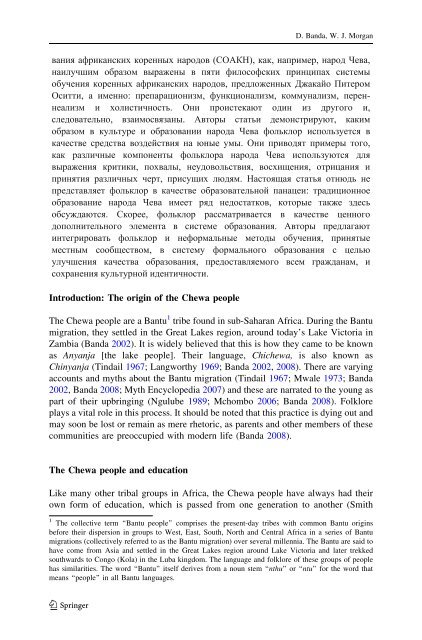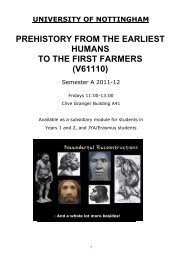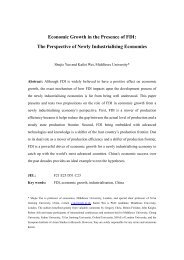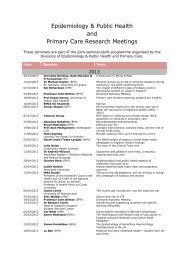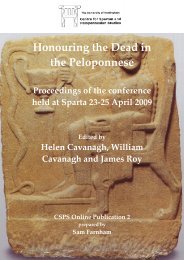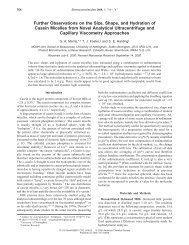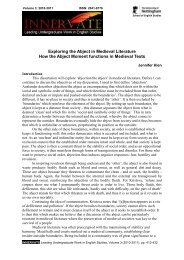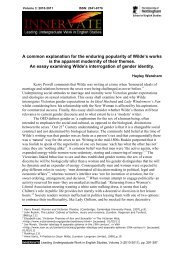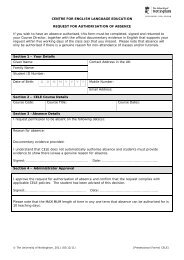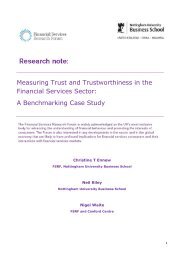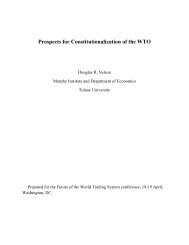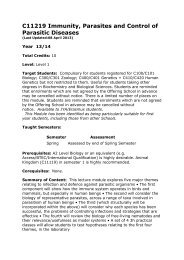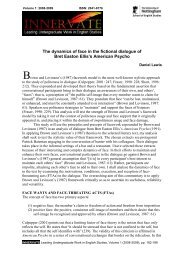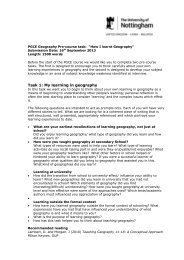Folklore as an instrument of education among the Chewa people of ...
Folklore as an instrument of education among the Chewa people of ...
Folklore as an instrument of education among the Chewa people of ...
Create successful ePaper yourself
Turn your PDF publications into a flip-book with our unique Google optimized e-Paper software.
D. B<strong>an</strong>da, W. J. Morg<strong>an</strong><br />
Introduction: The origin <strong>of</strong> <strong>the</strong> <strong>Chewa</strong> <strong>people</strong><br />
The <strong>Chewa</strong> <strong>people</strong> are a B<strong>an</strong>tu 1 tribe found in sub-Sahar<strong>an</strong> Africa. During <strong>the</strong> B<strong>an</strong>tu<br />
migration, <strong>the</strong>y settled in <strong>the</strong> Great Lakes region, around today’s Lake Victoria in<br />
Zambia (B<strong>an</strong>da 2002). It is widely believed that this is how <strong>the</strong>y came to be known<br />
<strong>as</strong> Any<strong>an</strong>ja [<strong>the</strong> lake <strong>people</strong>]. Their l<strong>an</strong>guage, Chichewa, is also known <strong>as</strong><br />
Chiny<strong>an</strong>ja (Tindail 1967; L<strong>an</strong>gworthy 1969; B<strong>an</strong>da 2002, 2008). There are varying<br />
accounts <strong>an</strong>d myths about <strong>the</strong> B<strong>an</strong>tu migration (Tindail 1967; Mwale 1973; B<strong>an</strong>da<br />
2002, B<strong>an</strong>da 2008; Myth Encyclopedia 2007) <strong>an</strong>d <strong>the</strong>se are narrated to <strong>the</strong> young <strong>as</strong><br />
part <strong>of</strong> <strong>the</strong>ir upbringing (Ngulube 1989; Mchombo 2006; B<strong>an</strong>da 2008). <strong>Folklore</strong><br />
plays a vital role in this process. It should be noted that this practice is dying out <strong>an</strong>d<br />
may soon be lost or remain <strong>as</strong> mere rhetoric, <strong>as</strong> parents <strong>an</strong>d o<strong>the</strong>r members <strong>of</strong> <strong>the</strong>se<br />
communities are preoccupied with modern life (B<strong>an</strong>da 2008).<br />
The <strong>Chewa</strong> <strong>people</strong> <strong>an</strong>d <strong>education</strong><br />
Like m<strong>an</strong>y o<strong>the</strong>r tribal groups in Africa, <strong>the</strong> <strong>Chewa</strong> <strong>people</strong> have always had <strong>the</strong>ir<br />
own form <strong>of</strong> <strong>education</strong>, which is p<strong>as</strong>sed from one generation to <strong>an</strong>o<strong>the</strong>r (Smith<br />
1 The collective term ‘‘B<strong>an</strong>tu <strong>people</strong>’’ comprises <strong>the</strong> present-day tribes with common B<strong>an</strong>tu origins<br />
before <strong>the</strong>ir dispersion in groups to West, E<strong>as</strong>t, South, North <strong>an</strong>d Central Africa in a series <strong>of</strong> B<strong>an</strong>tu<br />
migrations (collectively referred to <strong>as</strong> <strong>the</strong> B<strong>an</strong>tu migration) over several millennia. The B<strong>an</strong>tu are said to<br />
have come from Asia <strong>an</strong>d settled in <strong>the</strong> Great Lakes region around Lake Victoria <strong>an</strong>d later trekked<br />
southwards to Congo (Kola) in <strong>the</strong> Luba kingdom. The l<strong>an</strong>guage <strong>an</strong>d folklore <strong>of</strong> <strong>the</strong>se groups <strong>of</strong> <strong>people</strong><br />
h<strong>as</strong> similarities. The word ‘‘B<strong>an</strong>tu’’ itself derives from a noun stem ‘‘nthu’’ or ‘‘ntu’’ for <strong>the</strong> word that<br />
me<strong>an</strong>s ‘‘<strong>people</strong>’’ in all B<strong>an</strong>tu l<strong>an</strong>guages.<br />
123


